The ideal roller coaster experience is super-fast, super smooth and gets the rider’s adrenaline pumping. The roller coaster needs to be aerodynamic, durable, capable of holding a large load and pass all safety regulations. One important factor taken into consideration when designing roller coasters is the wheel design. Roller coaster engineers must take into careful consideration rolling resistance, load endurance, smooth ride performance, and high durability to get the best performance out of the wheels to provide the best ride experience. This fascinating challenge is what led Kate Kujawa to design her recent school science project around determining which wheel material would be the best suited for the load wheels of a steel roller coaster.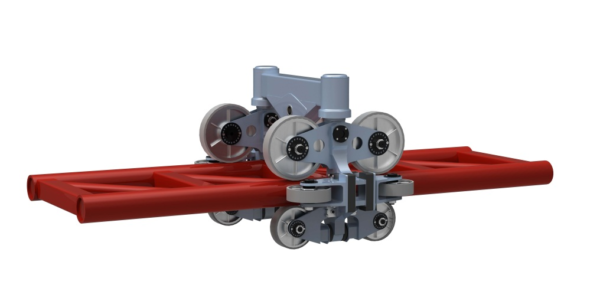
The purpose of this investigation was to determine which wheel material produced the best results for a roller coaster’s road wheels based on four criteria: rolling resistance, load endurance, ride performance and durability. Uremet Corp., a Santa Ana, Calif.-based company specializing in high performance solid polyurethane industrial wheels, generously donated four ball-shaped samples for the test. To avoid violating proprietary information, Uremet reported one ball was comprised of nylon, while the others were various blends of polyurethane. To examine rolling resistance, the balls were tested on a U-shaped track formed out of metal conduit. Kate then analyzed the total time it took each ball to stop rolling. Next, an elasticity test was used to determine which material could absorb the most imperfections from a roller coaster track.
We were able to catch up with Kate to ask a few questions about her successful science project, titled “The Effects Roller Coaster Wheel Material has on Rolling Resistance, Load Endurance, Ride Performance and Durability.”
C101: How did you come up with the idea for your roller coaster wheel project?
Kate: For my senior year at Divine Savior Holy Angels High School I decided to take this class called Independent Science Research Project (ISRP). The class requires girls to either conduct their own research experiment or latch onto a professor or doctor’s ongoing research. I’ve wanted to be an Imagineer since the seventh grade, so I decide to make my project engineering/roller coaster based. I’ve actually been in contact with a Walt Disney Imagineer for the past year and she told me about the book “Coasters 101: An Engineer’s Guide to Roller Coaster Design.” So I got the book and read it cover to cover within a week. The whole section on wheel design and road wheels inspired me to look further into different roller coaster wheel materials.
C101: Wow, that’s awesome! What was the most challenging aspect of the project?
Kate: The hardest part about this project was writing the actual research paper. Creating my own track and doing the experiments were the fun part but conducting tests and statistical analysis were very tiresome. Also, I had to complete a review of literature which was kinda difficult since the databases I used didn’t have much on wheel materials for roller coasters.
C101: Yeah, there’s not a lot of information available on roller coaster design, which is partly what inspired me to write “Coasters 101.” What competitions did you enter and can you briefly describe how they worked? How were you judged and scored?
Kate: I entered my project into the Capitol State Science and Engineering Fair, the Badger State Science and Engineering Fair, and I did my presentation over Skype for the Waukesha County Science and Engineering Fair. For each fair our poster board was judged without us there in the morning. In the afternoon we would present our projects to the judges, but it was more of a conversation than a formal presentation. There are two types of awards you can receive at these science fairs. There are specific characteristic awards that recognize specific aspects of projects; for example I won the MacGyver award for bending conduit into a track and using hair ties as make-shift pedestals for my ball samples. The projects were also broken up into their respective fields of science so you could also place 1st, 2nd, or 3rd in the engineering category or the health science category.
C101: Interesting. Going forward, what’s next? Where do you go from here? Are you going to do another project? What are your career objectives?
Kate: Next year I plan to attend the University of Rochester where I will get a degree in mechanical or interdisciplinary engineering. Rochester offers a cluster program which allows me to get an engineering degree but also take classes in the arts and sciences. I will be able to learn about entertainment and graphic design and kind of make my engineering degree an Imagineering degree. The tests I did were very preliminary because I did them all in my basement. If I could continue this research at a real roller coaster wheel manufacturing company, that’d be great! I’d also like to repeat the tests in different weather conditions to see if there is any difference in the results.
C101: Since this is Coaster101 I have to ask, do you have a favorite real roller coaster that you’ve been on?
Kate: My favorite coasters are either Expedition Everest or Space Mountain.
C101: Thanks again for taking the time to answer our questions and congratulations on the success of your project. Good luck in your quest to become an Imagineer!

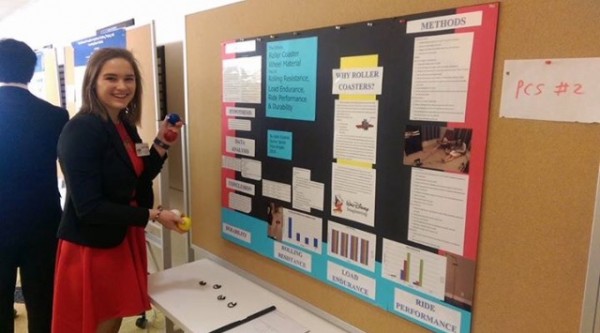
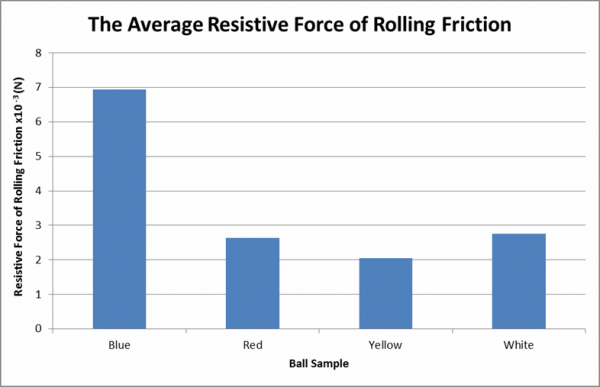
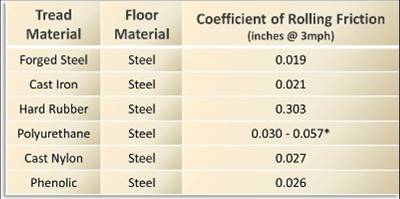
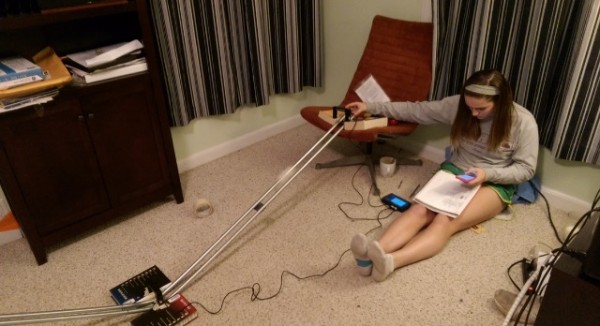
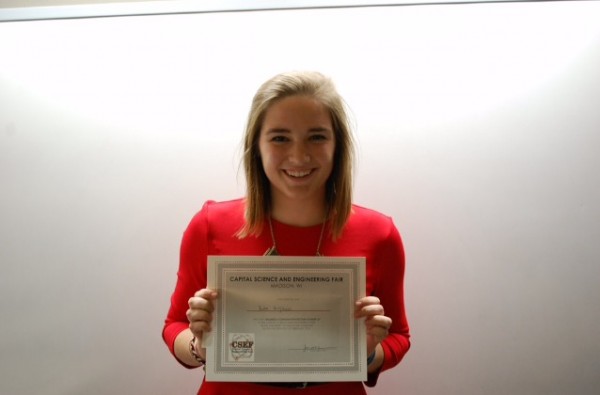
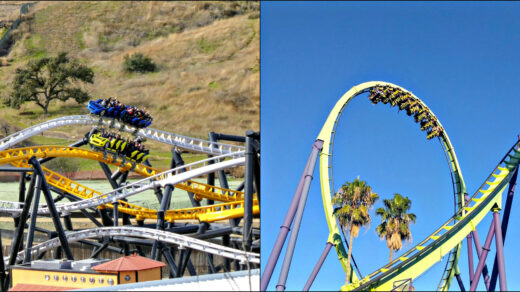
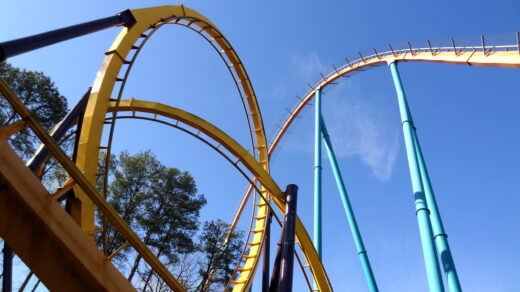
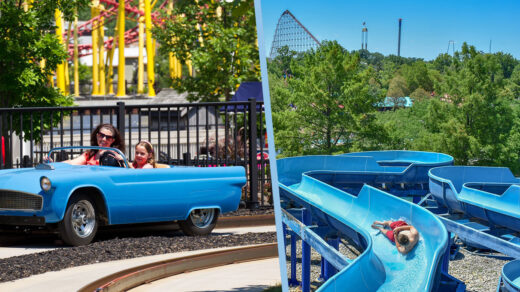



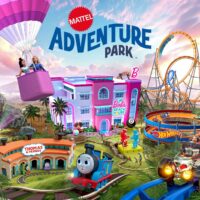





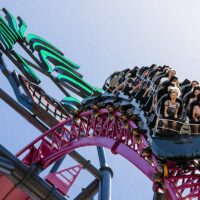
Recent Discussion